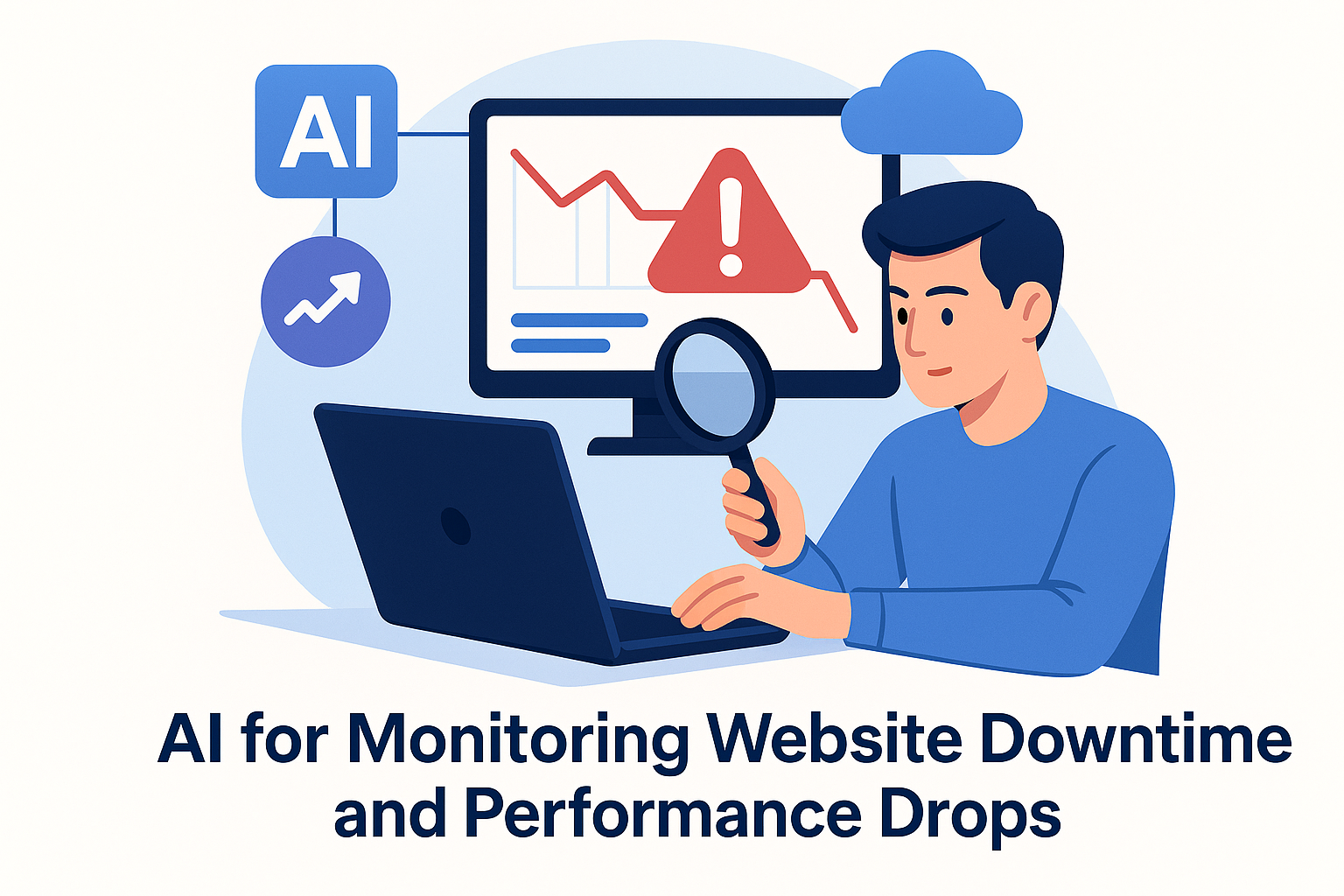Most visitors decide whether they’ll read your blog post within the first few seconds—which means your introduction carries a lot of weight.
A weak intro? Readers bounce.
A strong intro? They scroll, engage, and convert.
That’s why your blog intros need to grab attention, build trust, and clearly explain the value of your content—all while supporting your SEO goals.
The good news? You can now use AI tools like DIYSEO GPT and the DIYSEO AI Writer to consistently write high-impact introductions—tailored to your audience, topic, and keyword strategy.
This guide breaks down how to use AI to craft intros that hook readers and signal relevance to search engines.
Why Introductions Matter in SEO and UX
Search engines look at user signals—especially bounce rate, time on page, and scroll depth. The introduction is where users either commit to your content or abandon it.
A strong introduction should:
| Objective | Purpose |
|---|---|
| Grab attention | Start with a stat, question, pain point, or benefit |
| Show relevance | Clearly match search intent and keywords |
| Set expectations | Outline what the reader will get |
| Establish authority | Signal that your content is credible and helpful |
| Encourage engagement | Entice users to scroll or click internal links |
Step-by-Step: Writing Better Introductions with AI
✅ Step 1: Analyze Underperforming Intros with DIYSEO GPT
Start by auditing your existing blog posts using DIYSEO GPT to identify intros that aren’t performing.
Prompt:
“Which of my blog posts have high bounce rates or low scroll depth due to weak introductions?”
DIYSEO GPT will identify:
- Posts where users leave before scrolling
- Openings that don’t align with search intent
- Intros that are too long, generic, or unclear
You’ll get a list of pages that could benefit from a rewritten intro—and actionable guidance on what to change.
✅ Step 2: Generate High-Impact Intros with DIYSEO AI Writer
Use the DIYSEO AI Writer to rewrite or draft intros that are:
- Attention-grabbing
- SEO-friendly
- Clear and concise
- Written in your brand’s voice
Prompt Example:
“Write a compelling introduction for a blog titled ‘Top AI SEO Tools for 2024.’ Include the keyword in the first 30 words, address a common pain point, and preview the value of the article.”
Output:
Struggling to keep up with SEO changes? In 2024, AI-powered tools are doing the heavy lifting—helping marketers automate audits, boost rankings, and create smarter content. Here are the top platforms to watch.
Short, powerful, and tailored to both search engines and human readers.
✅ Step 3: Match Intro Style to Search Intent
Your intro should reflect why someone searched the keyword in the first place. Use AI to tailor intros to the user’s position in the funnel.
| Intent | Intro Style |
|---|---|
| Informational | “Here’s what you need to know…” |
| Comparative | “Let’s break down your best options…” |
| Transactional | “Ready to [take action]? Start here.” |
| Navigational | “Looking for [Tool/Brand]? You’re in the right place.” |
Prompt:
“Rewrite this intro to better match a transactional intent for the keyword ‘best AI SEO software.’”
Output:
Looking for AI SEO software that actually delivers results? We’ve tested the best tools in 2024 to help you choose the right platform for rankings, content, and ROI.
This language is solution-focused and aligns with buyer-ready users.
✅ Step 4: Use Proven Introduction Frameworks
AI can help you apply conversion-optimized frameworks such as:
- PAS (Problem – Agitate – Solution)
- APP (Agree – Promise – Preview)
- QPB (Question – Pain – Benefit)
- Hook + Value + CTA
Prompt:
“Write an intro using the PAS framework for a post on ‘How to Use AI to Automate SEO.’”
Output:
SEO takes time. Too much time. And as algorithms change, staying ahead manually is a losing game. Fortunately, AI tools can automate your SEO strategy—saving you hours and helping you rank faster. Here’s how.
Now your intro speaks directly to pain points, urgency, and solution.
✅ Step 5: Optimize for Keywords Without Keyword Stuffing
Use AI to naturally incorporate your target keyword in the first 30–50 words of your intro—without overdoing it.
Prompt:
“Rewrite this intro to include the keyword ‘AI SEO strategy’ within the first sentence and maintain a natural tone.”
Before:
Creating a strong search strategy takes time and effort. Many marketers now use automation to simplify the process.
After:
An effective AI SEO strategy can save time, improve rankings, and future-proof your content. Here’s how to build one that works.
Result: keyword coverage + natural flow.
Bonus: Promote Posts with Strong Intros via DIYSEO Link Marketplace
Once your intro is optimized and your engagement metrics improve, build backlinks with the DIYSEO Link Marketplace.
Strategy:
- Focus on promoting blog posts that retain readers
- Pitch optimized content to publishers who value UX and search intent alignment
- Use intro-aligned anchor text like:
- Best AI SEO tools for 2024
- How to automate SEO content with AI
- Guide to building an AI-powered SEO strategy
This strengthens both your page authority and your chances of capturing featured snippets and PAA placements.
Real-World Example: Tripling Scroll Depth with AI-Optimized Introductions
Problem: A blog post titled “AI for Technical SEO” ranked #6 but had a bounce rate over 70% and scroll depth below 30%.
DIYSEO Fix:
- Used DIYSEO GPT to identify intro misalignment with user intent
- Used DIYSEO AI Writer to:
- Rewrite the intro using the PAS framework
- Add a targeted keyword within the first sentence
- Clarify the article’s value and structure
Before Intro:
AI is changing how marketers approach technical SEO.
After Intro:
Technical SEO can be time-consuming and difficult to scale. With AI tools, you can automate audits, monitor crawl issues, and improve site structure—all without drowning in data. Here’s how to do it.
Results:
- Bounce rate dropped to 43%
- Average scroll depth reached 82%
- Time-on-page increased by 74 seconds
- Post moved to position #3 in SERPs
DIYSEO Introduction Optimization Workflow
| Step | Tool | Task |
|---|---|---|
| Audit underperforming intros | DIYSEO GPT | Identify bounce rate and scroll depth issues |
| Generate new intros | DIYSEO AI Writer | Apply frameworks and tailor to search intent |
| Match tone and keyword | DIYSEO AI Writer | Incorporate target keywords naturally |
| Track performance | DIYSEO GPT | Measure scroll depth, bounce, and engagement |
| Promote engaging content | DIYSEO Link Marketplace | Build authority and traffic for well-optimized pages |
Final Thoughts
An engaging introduction is your first and best chance to win the reader.
With DIYSEO, you can:
- Audit intros that are costing you engagement and traffic
- Use AI to rewrite them using proven content frameworks
- Tailor intros to match keywords, intent, and funnel stage
- Promote your best-performing posts for even greater results
First impressions matter. Let AI help you make yours unforgettable.
Frequently Asked Questions
1. What are AI-powered strategies for writing engaging introductions?
AI-powered strategies for writing engaging introductions involve utilizing artificial intelligence tools and algorithms to create compelling and captivating opening paragraphs. These AI systems analyze vast amounts of data and can automatically generate text that is likely to capture a reader’s attention. They consider various factors like reader demographics, trending topics, and emotional appeals to construct introductions that resonate with the audience. This approach helps writers avoid generic openings and ensures that every piece of content starts with a hook that draws readers in, making it more effective in holding their interest amidst the sea of information available online.
2. How does AI ensure that introductions are tailored to target audiences?
AI leverages machine learning and natural language processing to tailor introductions to specific audience segments. It does this by analyzing audience data, such as age, location, interests, and behavior patterns, to predict what type of introduction would be most appealing to them. AI tools can process large volumes of user data and past content engagement metrics to discern what style, tone, or topic resonates best. By understanding these nuances, AI can create introductions that are not just engaging but also deeply relevant and personalized to the intended audience, increasing the likelihood that they will continue reading the content.
3. How can AI improve the quality of introductions compared to traditional writing methods?
Traditional writing methods often rely on a writer’s intuition and experience; however, AI can enhance and complement these skills by providing data-driven insights that might not be immediately obvious. AI can analyze successful introductions in the past, identify common elements, and apply these findings to generate new content. Furthermore, AI can function continuously without fatigue, rapidly iterating on different versions of an intro until it finds the most engaging one. This constant refinement process coupled with algorithmic optimization ensures that the intros produced are both high-quality and highly engaging, often outperforming traditionally crafted ones.
4. Can AI-created introductions maintain a human touch or are they purely robotic?
One might assume that AI-generated content lacks the personal touch that human writers bring, but advancements in AI technology have made significant strides in this area. By using comprehensive datasets that include emotional responses and conversational language, AI can mimic human-like writing nuances to maintain a natural flow and tone. AI tools can even incorporate a brand’s unique voice or style using customized training data. This means AI-created introductions can be crafted to feel just as warm, witty, or personable as necessary, seamlessly blending technology with a human touch.
5. What role do AI writing tools play in the creativity process of crafting introductions?
AI writing tools play an invaluable supportive role in the creative process by acting as both an idea generator and an editor. They spark creativity by offering multiple alternatives and suggestions that can inspire writers. AI tools can present different styles, tones, and structures that writers may not have considered, expanding the creative horizon. Furthermore, by handling repetitive and mundane tasks, AI allows writers to focus more on refining their ideas and honing their unique creative voices. This collaboration between AI and human creativity ensures that introductions are not only engaging but also fresh and innovative.



